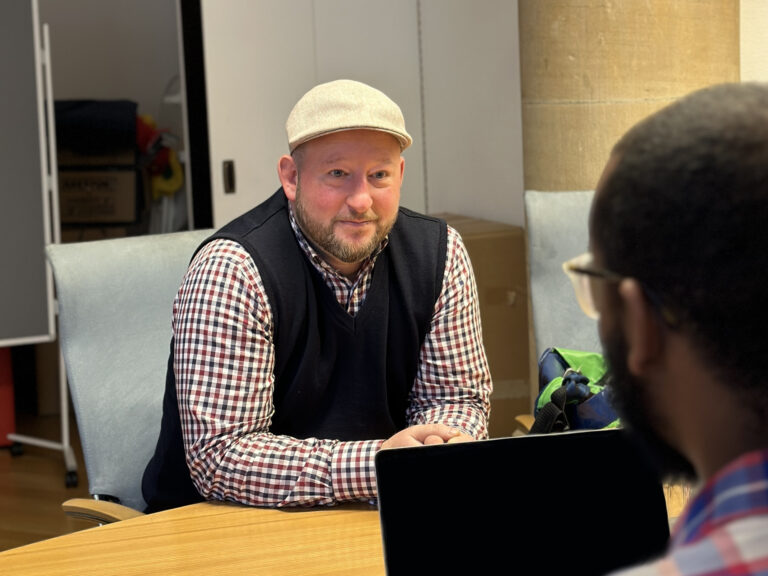The state of the environment has greatly diminished since European-Colonizer feet sunk deep into the land. Now we are realizing that we must learn to tread lightly on the ground beneath us.
The Problem with Euro-American Land Management
There are two main ways that Western land management works. The first being the preservation of specific ecosystems, meaning sectioning off pieces of land that exclude human intervention. The second form includes clear cutting to provide space for uniform practices such as monoculture crop production, meat production, and logging. Each of these forms has created tremendous damage to the environment while at the same time, disconnecting us from nature. Recent ecological findings suggest that with the perpetual obstruction of Indigenous intervention, environmental health has significantly depleted. Many of our current environmental issues are forced into a diminished state in response to the absence of Indigenous land management.
Misconceptions of Indigenous Land Stewardship
As mentioned in Robin Wall Kimmerer and Frank K. Lake’s Maintaining the Mosaic, a common misconception held by colonizers and many European Americans is the idea that the lands occupied by Indigenous people (pre-settlement era) flourished with life because they simply left nature alone. But, contrary to this belief, many Native communities recognized that human intervention is necessary if abundance and biodiversity is desired. In fact, prescribed burning was a common form of land management practiced by many Indigenous communities to provoke movement of animal herds and enhance biodiversity and abundance.Â
The Suppression of Indigenous Land Management
The suppression of Indigenous land management began shortly after the Christopher Columbus encounter. Settlers (and many of their descendants today) failed to understand the duty of balancing nature like many Native communities did. Time and time again, Euro-Americans have stripped Native peoples of their homes, then destroy and pollute the land that Native Americans currently reside on. Indigenous communities viewed themselves as part of nature and enhancers of biota. For many Native peoples, land is a sense of identity, ancestral connection, healing and sacredness. In understanding Indigenous culture and existence we can understand how to attentively manage land while optimizing efficiency and effectiveness.
A Case Where Two Worlds CollideÂ
Some tribes, like the Coquille tribe, have been successful in reimplementing tribal forestry practices. On June 6th of 2012, Edward L. Metcalf (chairperson of the Coquille Indian Tribe) signed the Memorandum of Understanding  with the U.S. Bureau of Land Management (BLM). Since this collaboration, forests in Oregon State (U.S.A.) have been managed with tribal direction. Along with this, the U.S. BLM has implemented an Indigenous land management concept, called multiple use. In doing such, the needs of all stakeholders can be met economically, environmentally and socially. Â

Steps We Need to Take to Propel Community-Based Practices
How can we continue this integrative, community based land management? Well we need to have more land management sectors led by Indigenous people as well as have more Native representation in our current government. We need to create opportunities for Indigenous people within the forestry sector through scholarships, internships, and promotions. The U.S. BLM and sectors alike, do not need to just adopt Indigenous thinking and practice, but have Native people leading and in positions within these establishments.
The most important thing we need to do is decolonize our thinking. What I mean by that is getting rid of our paternalistic, dominating, uniform, emotionless mindset. Now, this is not an easy task but there are ways to at least start the process, such as reading, asking questions, and learning to understand Native cultures and their perspectives. We need to think collectively for the benefit of everyone with no motivation to dominate something or someone. With this, we can work towards a healthier, more inclusive and sustainable future.Â
Here I am linking readings to help you to start decolonizing your thinking:Â
- https://organeyez.co/blog/what-does-it-mean-to-decolonize-your-mind#:~:text=Decolonizing%20the%20mind%20means%20deconstructing,leads%20to%20more%20fundamental%20questions.Â
- https://www.google.com/url?q=https://collectiveliberation.org/wp-content/uploads/2013/01/White_Supremacy_Culture_Okun.pdf&sa=D&source=editors&ust=1620047475430000&usg=AOvVaw3j3QtGvEStwvJ61AFMYsvAÂ
- https://www.dismantlingracism.org/Â
- https://sarweb.org/media/files/sar_press_for_indigenous_minds_only_chapter_1.pdfÂ



